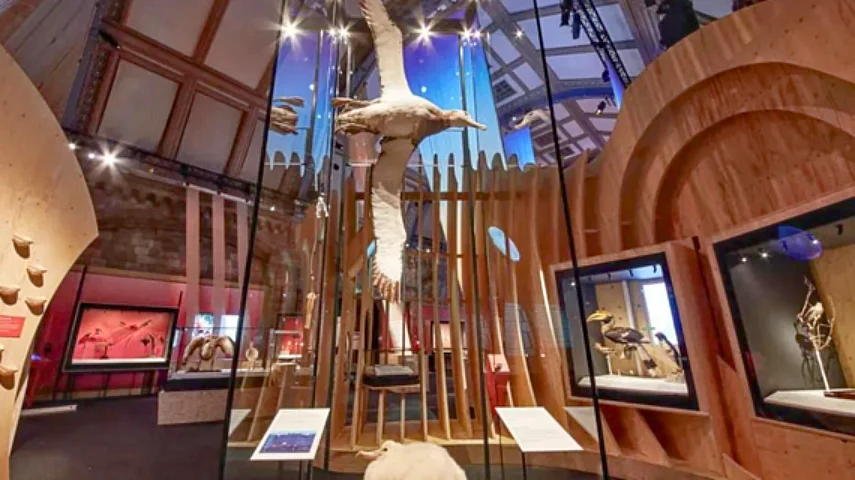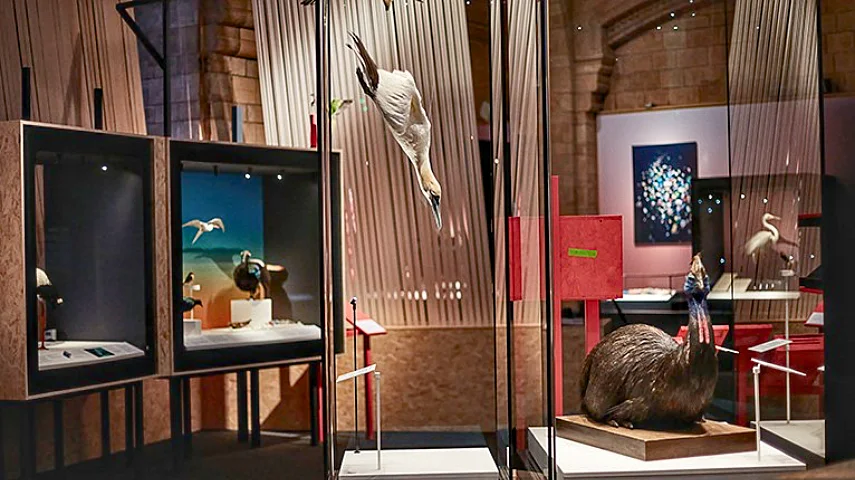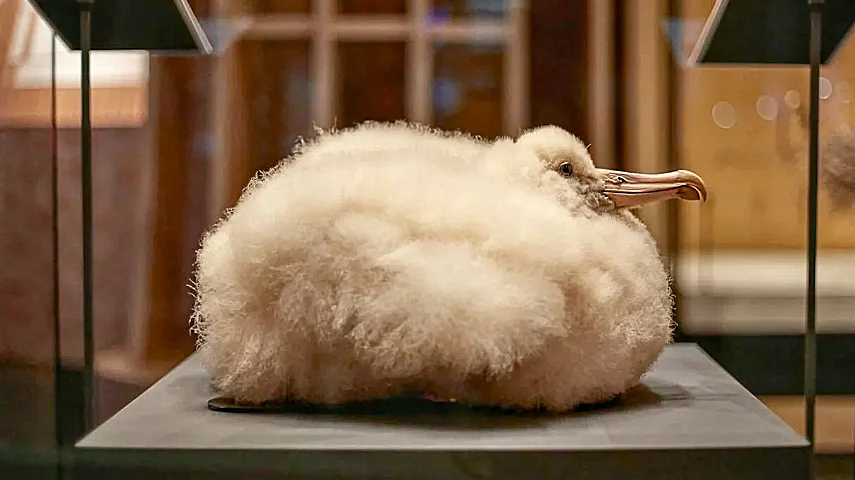
In affiliation with the RSPB (Royal Society for the Protection of Birds), the Natural History Museum's new exhibition will unravel the 150 million-year history of our feathered friends.
We hear their songs every morning, see them soaring through the sky and pecking at food on our streets... but how well do we really know them?
 Photo: nhm.ac.uk
Photo: nhm.ac.ukThere are over 11,000 species in the world today, from pigeons and penguins to ostriches to ospreys. They live on every single continent on Earth, and even managed to survive the extinction event that wiped out the dinosaurs. So what are the secrets to their incredible success?
 Photo: nhm.ac.uk
Photo: nhm.ac.ukThe exhibition will explore some of the surprising habits and tactics that they have developed over the centuries to help them survive, and showcase some of the best exhibits from the museum's vast taxidermy vaults.
You'll see a gigantic albatross that was caught by a fishing trawler, a 19th-century stork that was shot by an African arrow, and a dodo-like great bustard that was once driven to extinction in Britain... but now lives near Stonehenge!
 Photo: nhm.ac.uk
Photo: nhm.ac.ukAlong the way you'll learn which birds sing to their young, which ones suck blood, bathe in acid, and eat the brains of sleeping bats... and what a lowly pigeon has in common with the terrifying T Rex.
The exhibition will also reveal the ways that our own human lives are beginning to affect theirs, and explore ways that we can take them under our wing and help them soar once more.





